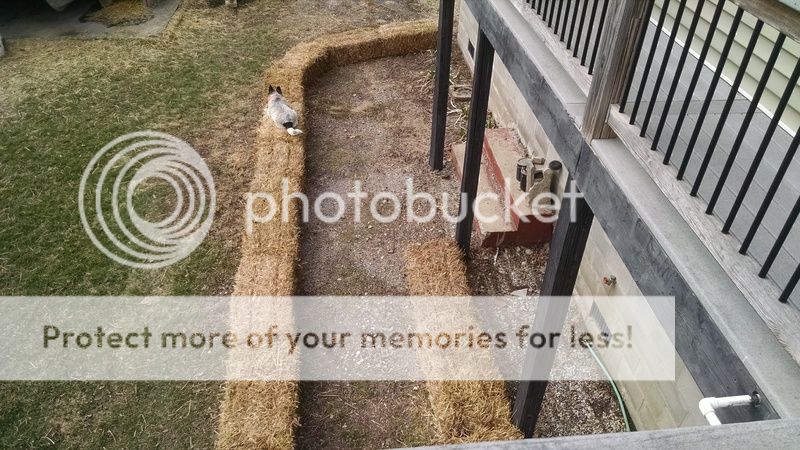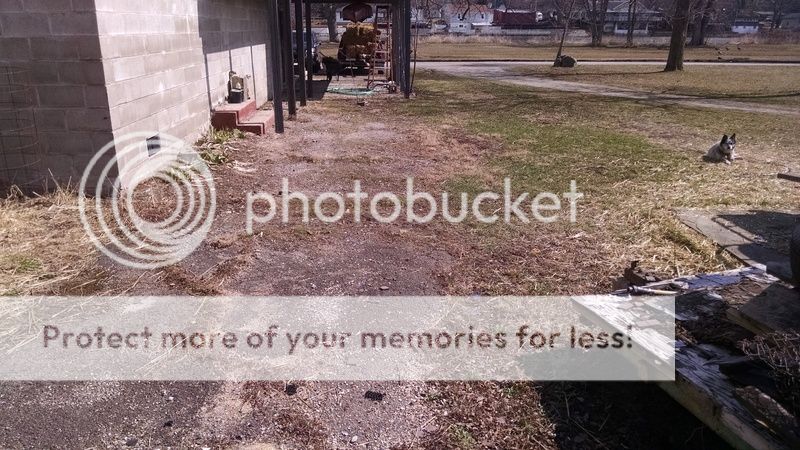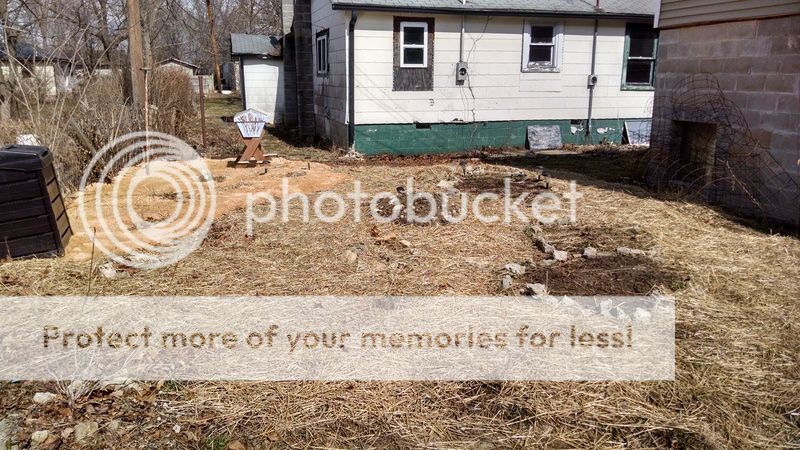


Bryant RedHawk wrote:Yes, I would not bother trying to remove that much asphalt either. For a situation like that, if and only if drainage were a problem would I even bother trying to break it up some. The bales you are using as a border will give you plenty of depth over time. Once you have the bed built, yearly amendments will create some great soil for vegetables. The wood, along with the fungi it already contains will hold lots of water and once you have it covered it will hold that water longer allowing your plants to thrive. I would do some spot testing for mineral content, and major nutrient content, simply so you have a roadmap to follow for additions as you go along. There are kits you can purchase for this or use your extension service to do the tests, the alternative is to observe your plants and use what their leaves and fruits tell you is going on with nutritional value of the soil as your guide to improvements. As I've said, you are on a good path already.

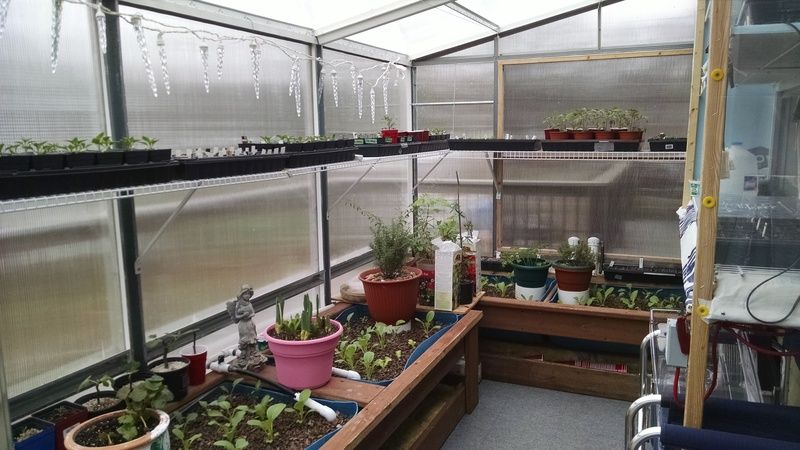
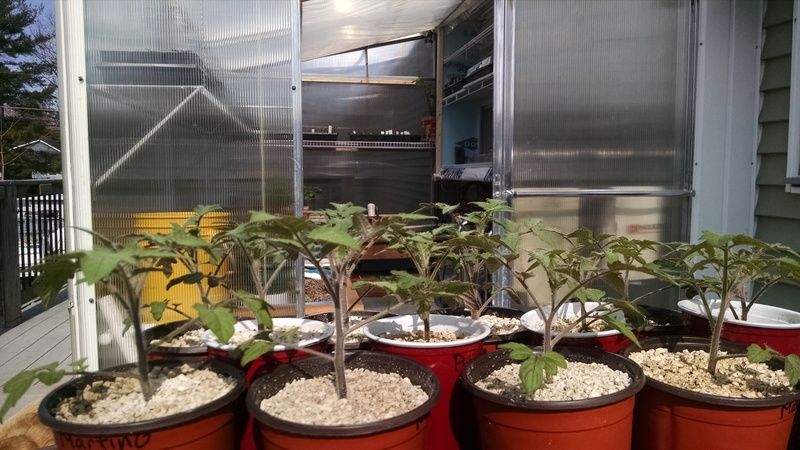

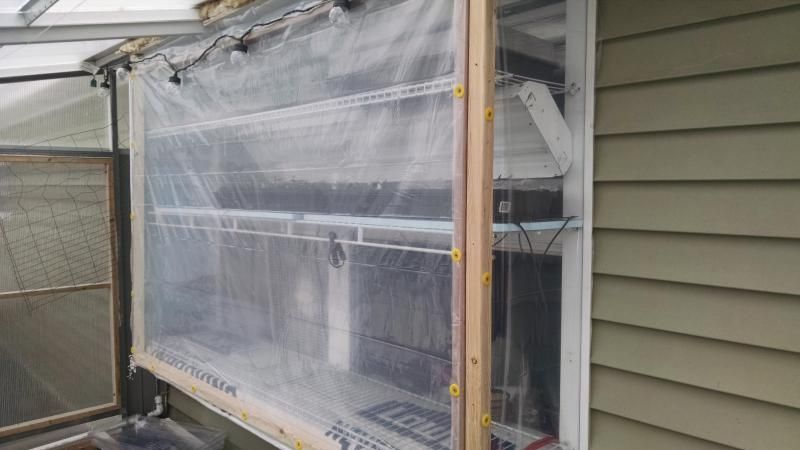
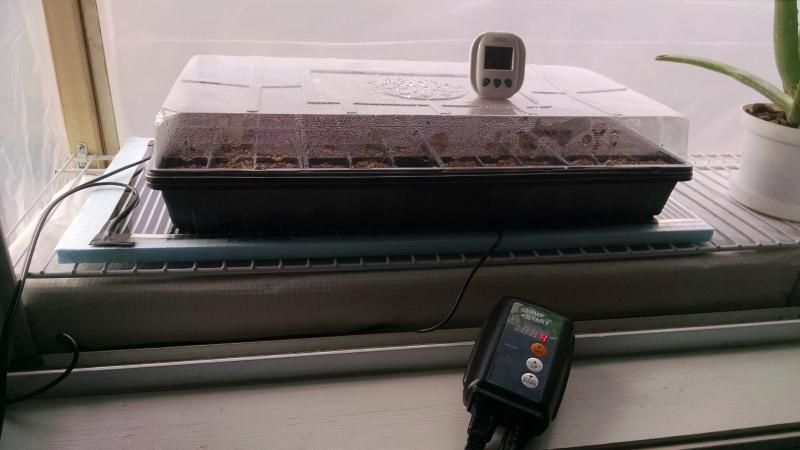




Bryant RedHawk wrote:hau, Jim. I like your plan of attack, the cardboard laid on top of the asphalt will give a short term barrier but from the looks of it, it has been there for a long time and so probably is pretty stable (leached out) already. I would use those steps for some straw bales for growing strawberries, you can plant them on the tops and the sides, they should grow pretty well there as well as give you room for other plantings, that way you don't have to rip out that concrete and dispose of it. You can do a lasagna layered composting inside the bales or a jumble method. The river soil will be good for the layer method or the jumble method. That will just leave the pH adjustment, which can be started when your putting in the materials. Way to go!
